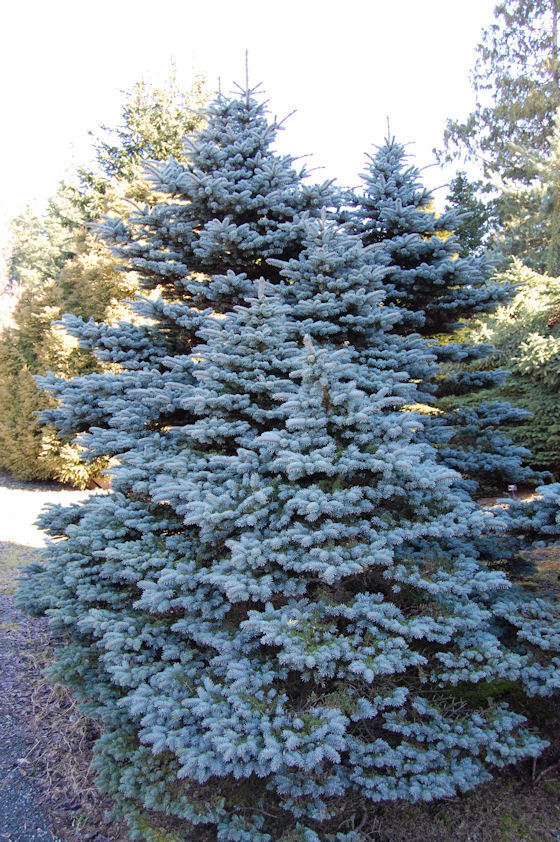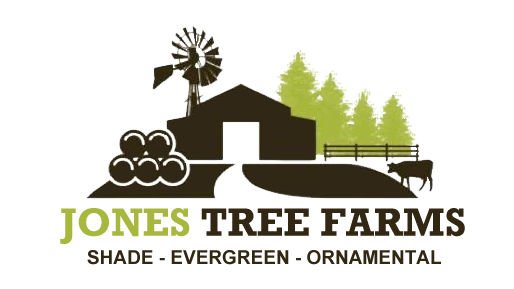Blog
-
Posted by Super User
The Colorado blue spruce, with its near perfect conical shape, upright growth and bluish evergreen foliage, makes a lovely live Christmas tree. Nothing is prettier in a winter landscape than a Blue spruce with a layer of snow resting atop the needles of its tiered branches.

The blue spruce is a medium-sized, evergreen conifer that can reach a height of 60 feet and 30 feet at its widest point. The tiered branches extend from a trunk of thin, gray bark. The stiff, dense, blue-green needles render the blue-green hue that gives this tree the name of “Blue spruce.” Its long, pendulous cones, which change from a reddish purple to a soft, light brown after pollination, dangle gracefully from the branches.
The blue spruce has many cultivars and is one of the most preferred trees to be selected for gardens and large parks. Among the favorites of the cultivars is the ‘Fat Albert,’ named for comedian Bill Cosby’s animated cartoon character. ‘Fat Albert’ is a dense, broad, conical-shaped tree with blue-gray needles on closely tiered branches. It is a slow grower that normally reaches a height of 20 feet but in perfect conditions can grow as tall as 40 feet.
The blue spruce prefers full or partial sun. It requires medium amounts of water and does best when watered on a regular schedule. A well-balanced fertilizer at least once a year is helpful to keep the tree vigorous and healthy. Otherwise, it is virtually maintenance-free. Its uppermost branch is an open invitation to a variety of birds that make good use of it as a stage to belt out arias of melodic birdsong or to use as a perch to survey a panoramic view. It is resistant to rabbits and deer and tolerates air pollution.
-
Posted by Super User
With its perfect, pyramidal shape, the Norway spruce tree makes a fine live Christmas tree for the yard. It is rather stiffly formal in its youth, but older branches produce pendulous branchlets, giving it more charm as it ages. Its needles are dark green year-round. The cones, borne sporadically, are particularly large for a spruce. It can reach more than 100 feet in height, even under cultivation.
Grow in full sun in just about any soil, though moist, sandy, well-drained soil is preferred. The Norway spruce does best in cool climates. Give this tree plenty of space, because it will lose its lower branches-and much of its charm-if crowded or shaded at its base.
This tree makes a striking specimen plant or an excellent windbreak.
-
Posted by Super User
American arborvitae is a native to North America. This tree has become one of the most widely distributed of all conifers in culture and is grown in temperate climates throughout the world. It has given rise to innumerable varieties of various shades and forms.
This tree shows a narrow columnar form in youth, eventually broadening to conical at maturity. It is extremely slow-growing, especially under dry conditions, although it can eventually reach 40 feet in height. The bark is attractive and reddish brown but is only noticeable on mature plants, since young ones are clothed in foliage right to their base. Its persistent leaves are scalelike, forming flattened, horizontal sprays. They are dark green in the summer in the species, turning brownish green in the winter. Most selected forms, however, retain their green coloration all winter. The small cones are of little decorative use.
The American arborvitae is easily transplanted and grows in a wide range of soils, from moist to quite dry and acid to alkaline. It does best in full sun and should be watered regularly during periods of drought. This tree needs a humid atmosphere, so it is a poor choice for areas with dry summers.
The tree is often used as a hedge or windbreak and can be pruned as needed. It is a good accent plant and has been widely used as a foundation plant.
